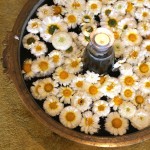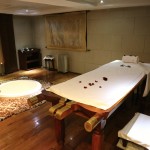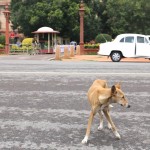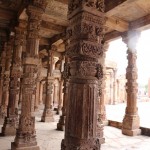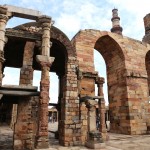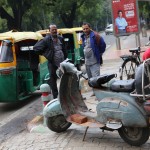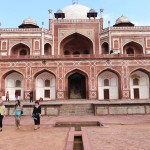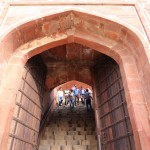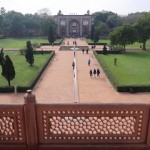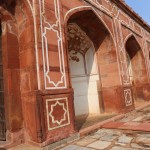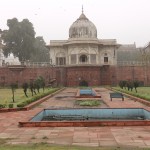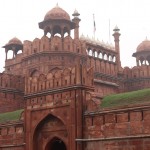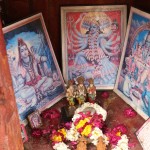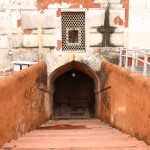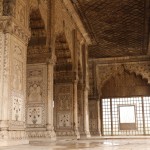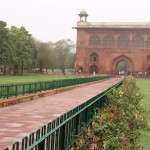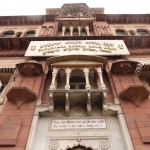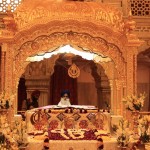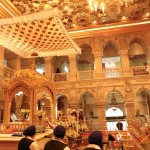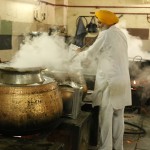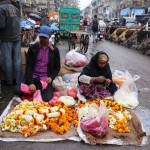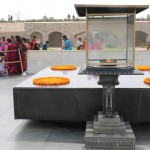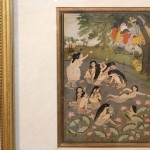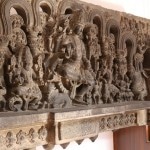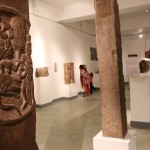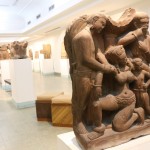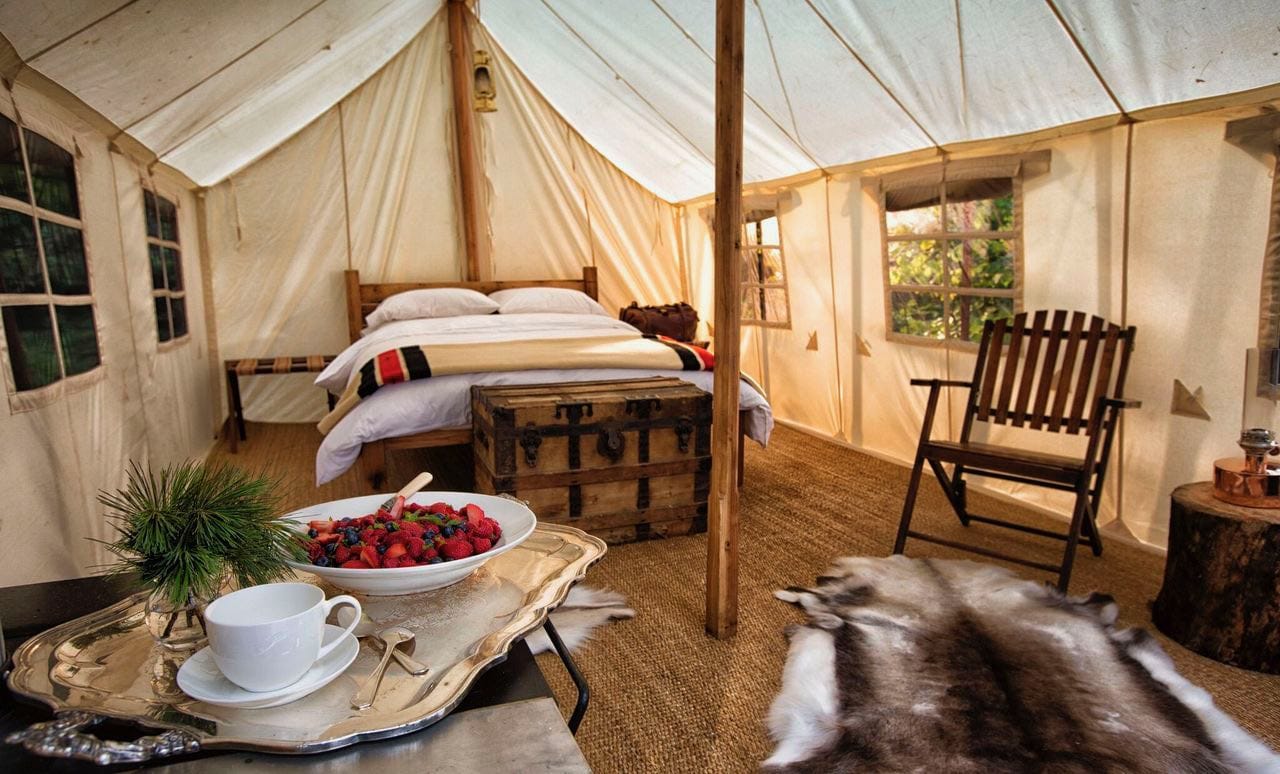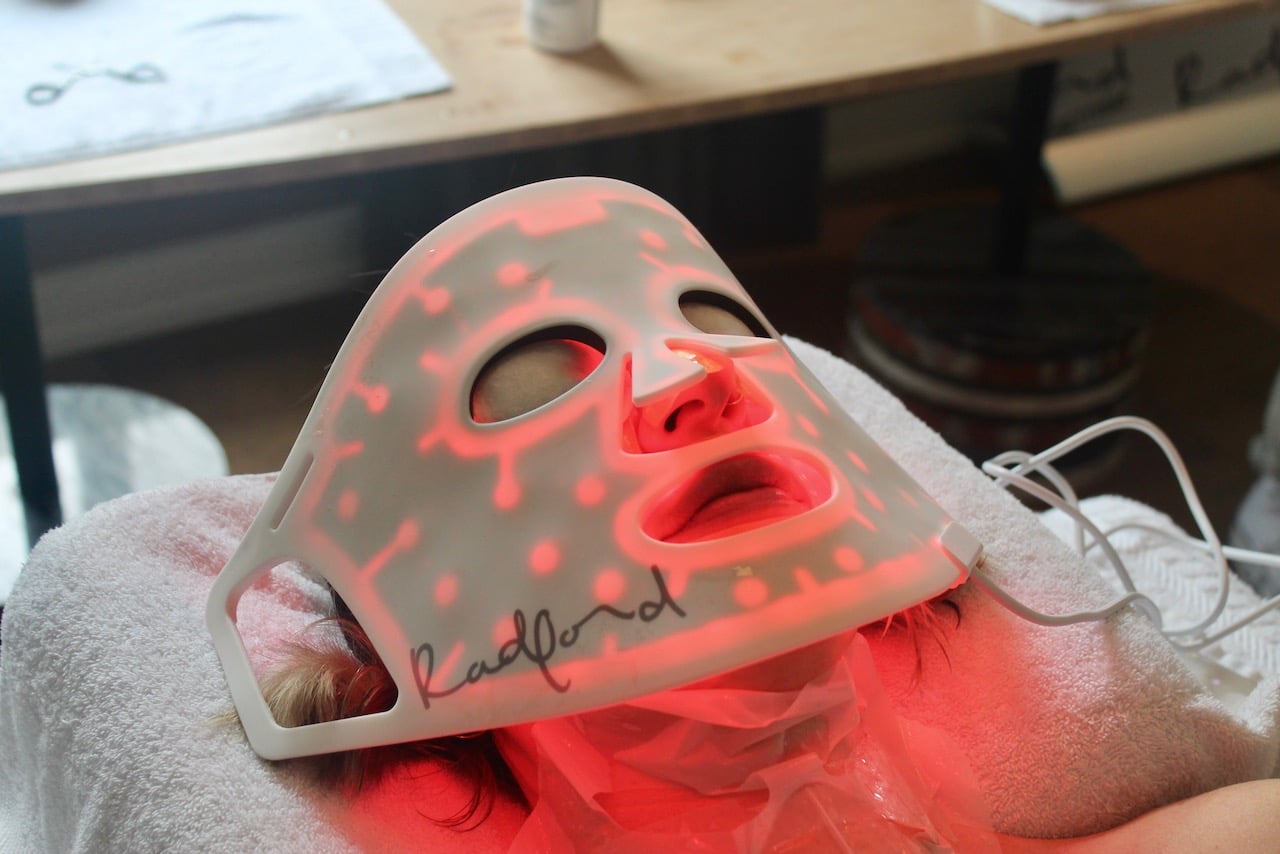My biggest hesitation about visiting India for the first time was enduring the 27 hour travel day from Toronto to Delhi via London. Prior to departure several friends, family and colleagues whispered in my ear “aren’t you nervous about the pollution, poverty, chaotic overpopulation and that uncomfortable Delhi belly?” I scoffed at the notion that after traveling to over 70 countries my first visit to India would be a shocking one.
I arrived at Delhi’s Indira Gandhi International Airport half awake at 2am, quickly slipping into a sedan which spent the next 30 minutes weaving through the capital. All I could think about is one of the Bakery courses in Delhi that I had been recommended to go on. I was extremely excited! My first impressions of Delhi were that of a quiet and calm city whose streets were flanked with colourful gardens and lush, ancient trees. Chaos seemed to be sleeping.
Ashok Hotel Delhi
The car paused at the base of a grand staircase and moments later my door was propped open by a white glove adorned Punjabi man dressed in regal turban. As I skipped up the steps to the Ashok Hotel’s chandelier filled lobby I was welcomed by a massive bouquet of flowers which measured three times the size of my head. After being escorted to my suite I immediately hopped in the shower in an attempt to wash the jet lag away. I flopped into bed and crossed my fingers, hoping that I’d manage to sleep solidly through the night…
….and as luck would have it, three hours later I was wide awake. I bolted out of bed moments before sunrise, grabbed my camera and spent the next hour filming a tour of the hotel as early morning rain showers swept across the city.
Set upon 25 acres of prime land in the Capital’s diplomatic district, the Ashok Hotel is known for pampering presidents, celebrities and distinguished clientele with its traditional Indian hospitality.
I begin my morning by resting beside a window which overlooks the hotel’s pretty pool, squeezing a wedge of lemon into a cup of piping hot Assam tea before closing my eyes and indulging in a long satisfying sip. My memories of Indian breakfasts are now filled with this astringent meets acidic melody in the mouth, often paired with the spicy pop of paneer masala, fragrant biryani and caraway speckled chickpea doughnuts.
You May Also Enjoy Reading…
Exploring the Many Faces of Mumbai
Exploring Kerala’s Historic Cochin
Amatrra Spa
When planning a trip where jet lag is a serious concern I always ensure the first activity on my itinerary is a spa visit. Sitting on a plane for 27 hours throws the back out of wack, tightens leg muscles and unsettles the mind so after breakfast I whisked my way over to Amatrra Spa in an attempt to restore myself so I had the energy to hit the ground running in Delhi.
Amatrra is one of Delhi’s most prestigious spa’s, catering to many of the politicians and diplomats who work in the area. Upon arrival an attendant walked me over to the mens change room where I was undressed (shirt, pants, shoes and all…) in preparation for my first every Ayurvedic massage. I shuffled through the room in cotton slippers and was greeted my therapist in a dark corridor. My eyes took a moment to adjust to the light but soon realized I was skipping over a floor raised over water, gliding through a tunnel lined with neon lights and decorated with pretty potted flowers.
My therapist motioned me into the spa’s meditation room where I spent the next 10 minutes sitting cross legged with my eyes closed listening to his calming om chant. He then walked me back through the glowing path and motioned for me to hop up on a table where he spent the next hour pouring hot oil all over my naked body. Amatrra uses a proprietary blend featuring sesame and olive oils steeped in over 120 spices and herbs which are massaged into each arch and crevasse until one drips like a half-cooked Butterball Turkey.
Qutb Minar
Once my treatment was complete I stumbled out of the room like a dazed zombie. An hour later I was greeted by a friendly Adventure World tour guide who hopped into a car with me, setting off to explore the city’s whimsical wonders. The following are a list of my favourite moments in India’s colourful capital, attractions and experiences you must do in Delhi!
Above the foundations of Lal Kot, the “first city of Delhi” founded in the eleventh century by Tomar Rajputs, stands the first monument of Muslim India, known as Qutb Minar. One of Delhi’s most famous landmarks, the fluted red-sandstone tower tapers upwards from its ruins, covered with intricate carvings and deeply inscribed verses from the Koran, to a height of just over 72m. In times past it was considered one of the “Wonders of the East,” second only to the Taj Mahal.
Humayun’s Tomb
Humayun’s Tomb is Delhi’s first Mughal mausoleum which was constructed to house the remains of the second Mughal emperor, Humayun, and was built under the watchful eye of Haji Begum, his senior widow and mother of Akbar, who camped here for the duration, and is now buried alongside her husband. The grounds were later used to inter several prominent Moghals, and served as a refuge for the last emperor, Bahadur Shah II, before his capture by the British in 1857.
The tomb’s sombre, Persian-style elegance marks this as one of Delhi’s finest historic sites. Constructed of red sandstone, inlaid with black and white marble, on a commanding podium looking towards the Yamuna River, it stands in the centre of the formal charbagh, or quartered garden. The octagonal structure is crowned with a double dome that soars to a height of 38m.
Red Fort
The largest of Old Delhi’s monuments is Lal Quila, known in English as the Red Fort because of the red sandstone from which it was built. It was commissioned by Shah Jahan to be his residence and modelled on the fort at Agra. Work started in 1638, and the emperor moved in ten years later. The fort contains all the trappings you’d expect at the centre of Moghal government: halls of public and private audience, domed and arched marble palaces, plush private apartments, a mosque and elaborately designed gardens.
Chandni Chowk
Old Delhi’s main thoroughfare, Chandni Chowk was once a sublime canal lined with trees and some of the most opulent bazaars in the whole of Asia. The British paved over the canal after 1857 and today the street is known for its congested traffic and overall chaotic vibe. The best way to explore Chandni Chowk is by hopping on a rickshaw, sitting back and just letting loose as horns honk, cows moo and flower girls stroll the street with colourful bouquets. Hop on-and-off to explore Old Delhi’s historic buildings, religious sites and the colourful Khori Boli Market where you’ll find bags of fragrant spices and tea, perfect for packing into your luggage to be enjoyed back home.
Gurudwara Sis Ganj Sahib
We hopped off our rickshaw, weaving through the Chandni Chowk crowds for a quick visit to Gurudwara Sis Ganj Sahib. This was my first visit to a Sikh Temple and was enthralled as we strolled through the golden space. First established in 1783 by Baghel Singh to commemorate the martyrdom site of the ninth Sikh Gugu Tegh Bahadur, it marks the site where he was beheaded on the orders of the Mughal Emperor Aurangzeb for refusing to convert to Islam.
After tip toeing through the temple we walked outside in search of the community kitchen. My guide advised me that the temple offers free food and drink 24 hours a day for anyone in need. We arrived just before the lunch hour and were initially greeted by a large group of men sipping hot tea in the sun. The women could be found working inside a magical kitchen: a small group prepared thousands of chapatti with their bare hands while a few ladies armed with large wooden peddles stirred massive cauldrons filled with bubbling lentil masala.
National Museum Delhi
My final stop was at the city’s breezy National Museum which provides a good overview of Indian culture and history. The museum presently holds approximately 200,000 objects of a diverse nature, both Indian as well as foreign, and its holdings cover a time span of more than 5,000 years of India heritage.
Highlights of my visit included exhibits featuring Gandhara sculptures, fine bronzes from the Chola period and a fifteenth-century statue of Devi from Vijanaraya. Among the late medieval sculptures is a fearsome, vampire-like, late Chola dvarapala (a guardian figure built to flank the doorway to a shrine) and a couple of performing musicians from Mysore. Be sure not to miss Room 12, devoted to the Mughals, and in particular their awe-inspiring miniature paintings.
Sips & Nibbles
Ranked as one of India’s finest restaurants, Bukhara at the ITC Maurya Hotel serves up classic North Indian BBQ for hungry tourists and visiting heads of state such as the UK’s Prime Minister Tony Blair and America’s President Clinton. For a more relaxed vibe head to Delhi’s bustling Pandara Road at night for a finger-licking-good feast at local favourite Gulati Restaurant. Tired of Tandoori? Tap into India’s love for Chinese cuisine at the Ashok Hotel’s NomNom.





